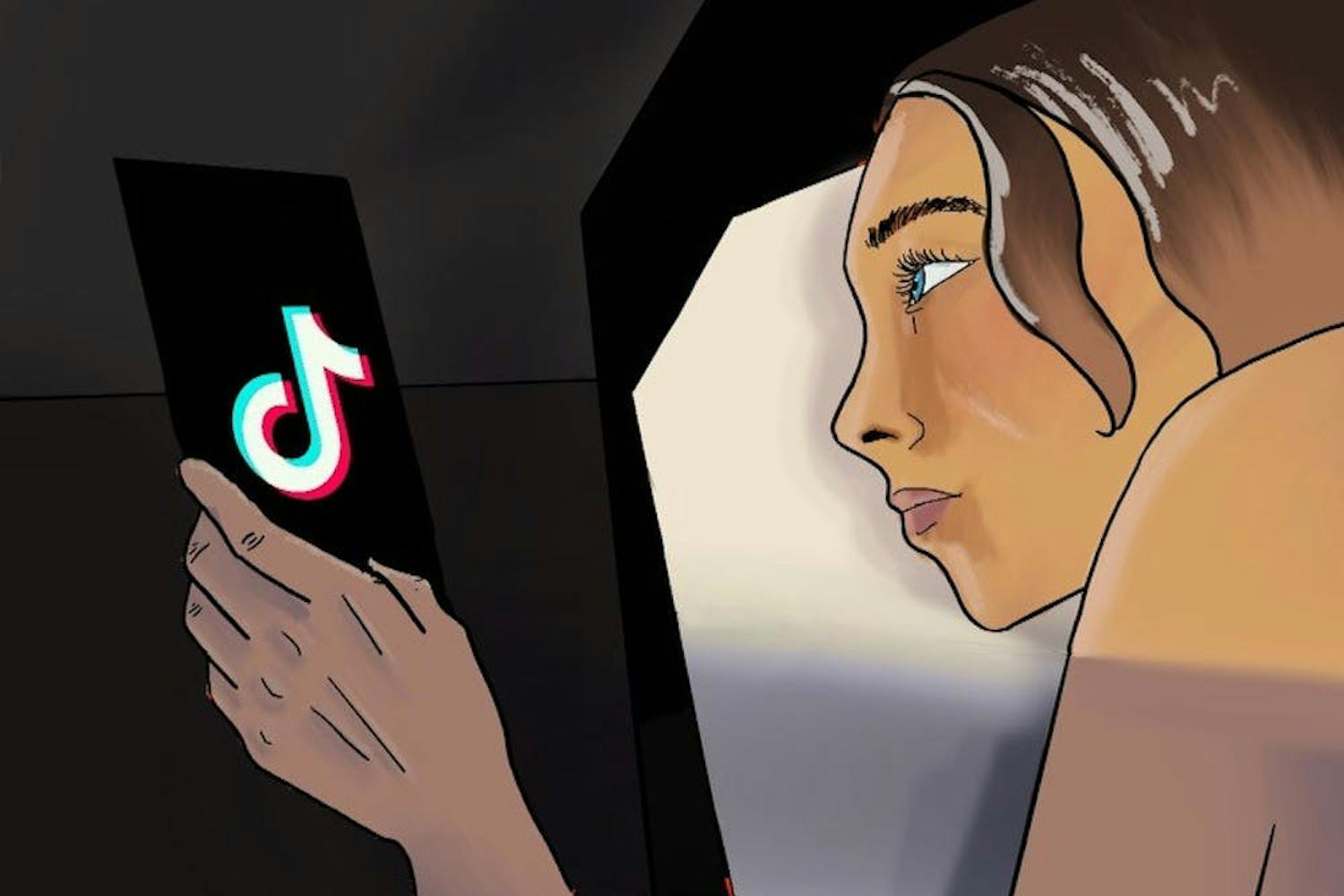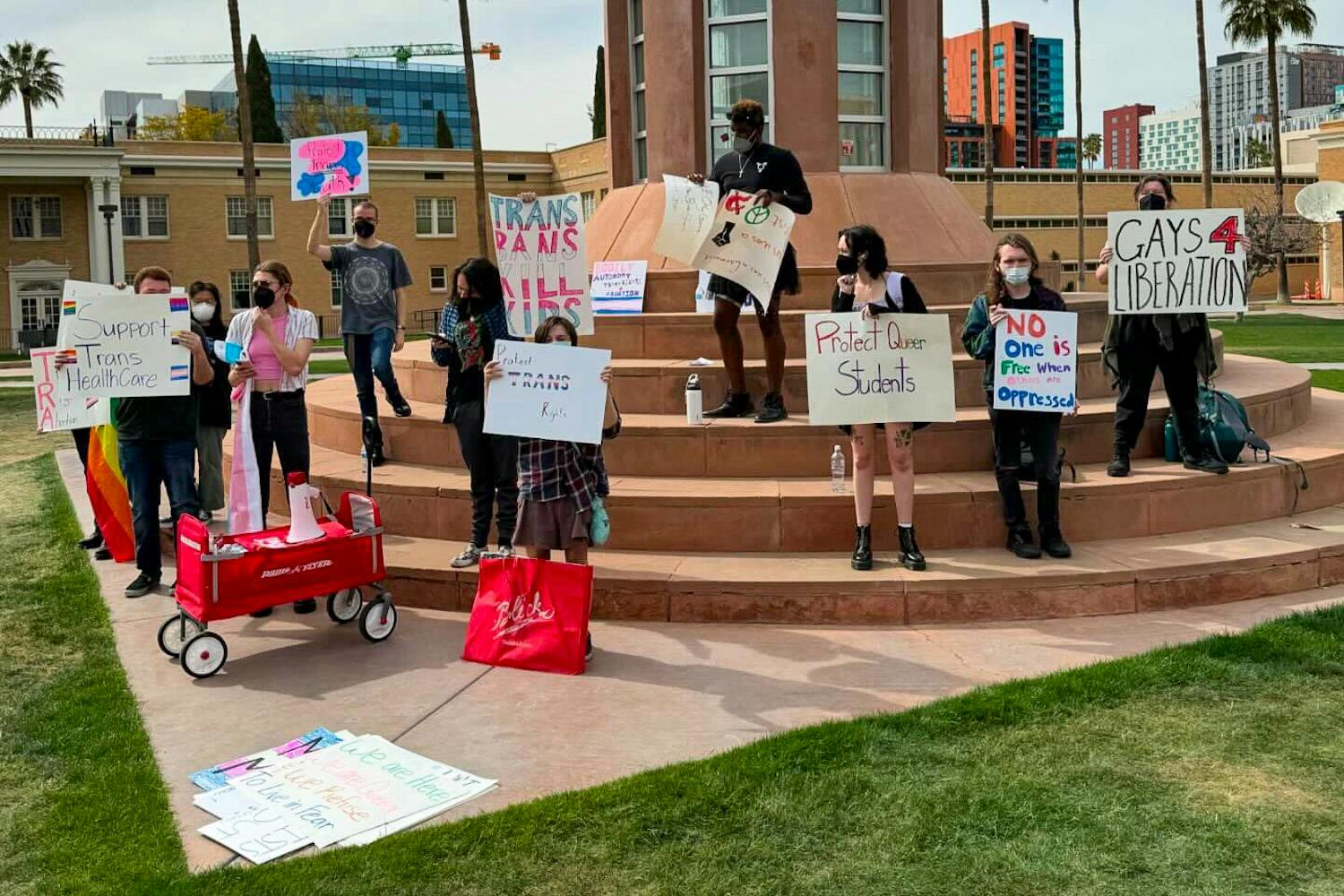Drivers in Arizona may have noticed a quirky addition in their highway commutes — funny safety messages from the Arizona Department of Transportation.
“DRINKING & DRIVING GO TOGETHER LIKE PEAS & GUAC,” read the sign in November 2015 normally used for Amber Alerts and traffic information. After that came Star Wars references, “TRUST THE FORCE BUT ALWAYS BUCKLE UP."
Adele, Pokémon and the movie Elf have each had their own sign, as well as a sign for each holiday.
Now, a little more than a year later, ADOT has enjoyed a growing social media presence and is wrapping up its first “safety message contest.”
The contest, which received more than 6,700 submissions according to ADOT, was narrowed down to 20 finalists. Voters spent first two weeks of March deciding which two would flash overhead in April.
Doug Pacey, a spokesperson for ADOT, said the department's social media presence has grown considerably as of late. This increase in social media notoriety is, in part, thanks to the safety message signs, Pacey said.
ADOT now has over 165,000 Twitter followers, an increase from 56,000 just over two years ago. Its Facebook page boasts nearly 40,000 likers. Its Twitter has the second most followers of any transportation department in the country, following Washington State.
Pacey said the messages were a spin-off from Iowa’s Department of Transportation, which had been displaying quirky or funny messages for about a year.
“(Iowa had) been having some tests with it and he (Deputy Director for Policy Kevin Biesty) thought we could do it too,” Pacey said. “Because there are times when the boards aren’t being used, when we’re not displaying crash info, traffic times, Amber Alerts, Silver Alerts or things like that, we can put these safety messages up there and try to engage the public in safe driving.”
The “peas and guac” message was a jab at a recipe from The New York Times that recommended people to add peas to their guacamole. The recipe was met with criticism from all corners of the internet.
“We kind of jumped in the pool with these safety messages, we didn’t dip our toe in with that one and it was really well received,” Pacey said. “It was popular, most people really enjoyed it and liked it and the important thing is it got people talking about drinking and driving.”
Pacey said the importance of the messages has been the conversation that it leads to regarding safe driving. A plain old message is white-noise, this grabs people’s attention according to Pacey.
Austin Miller, a journalism and mass communications junior with an emphasis in public relations, said he wished he could see the messages all the time.
Miller said that as a public relations student, it's good to see the government being personal and relatable. He made comparisons to Wendy’s, one of the many social media accounts of professional organizations that are becoming more candid. Denny’s, Whataburger and Arby’s all engage their audienc beyond advertising.
"It’s like ‘we’re your friends, we’re here to make you laugh, we’re not just a government entity, we want you to be safe’, and they’re just trying to get that information across however they can to make you pay attention," Miller said. "With the social media now, the instant gratification and all that I think it’s OK for companies to be more candid."
Miller said he liked the idea of the contest, especially as a way of getting more conversation going around safe driving.
“People always get competitive over who can come up with the best,” Miller said. “So it’s a really good way to, not only get people involved, but to even raise more awareness for it.”
NEW: Rumour has it there's a winner for favorite 2016 safety message. MORE: https://t.co/BEljot1gw5 pic.twitter.com/jYgWmJCPpT
— Arizona DOT (@ArizonaDOT) January 5, 2017
Caroline Carpenter, a public information officer for ADOT, is one of the four people who run the social media accounts. Carpenter said they are all given lots of freedom to be personal.
“One person may talk about Star Wars because they know about that, someone else may talk more about pop culture because that’s something that they know about.”
Carpenter said the response rate, which is over 80 percent on Facebook, is part of what has grown their presence.
“Whether it’s somebody who’s complimenting us or criticizing us, we’re going to respond to you and interact with you,” Carpenter said.
Reach the reporter at maatenci@asu.edu or follow @mitchellatencio on Twitter.
Like The State Press on Facebook and follow @statepress on Twitter.




